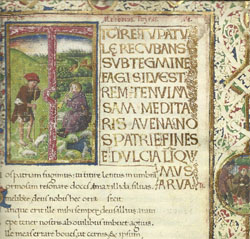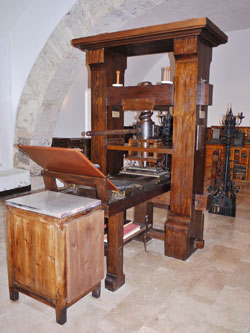|
|
|
| Seguir @vicentgarciaedi Twittear |
|
vgesa |

|
|
- Books and works ( 140 tit.)
- Request further information
- Contact
- Club Konrad Haebler
- Menu
- What we do since 1860
- The facsimile: What and who is buying
- Museum of Printing Press
- Index
- Spanish
Phone: (+34) 96 369 15 89
(+34) 627 596 573
E-mail: Vicent García Editores, S.A.
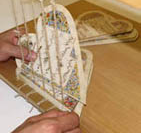 |
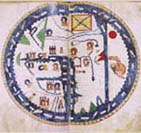 |
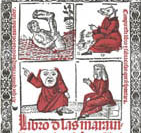 |
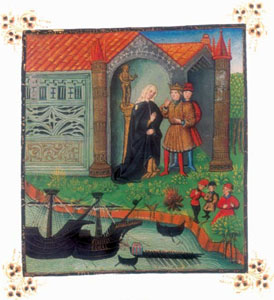 |
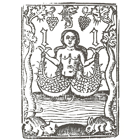 |
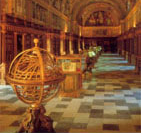 |
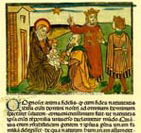 |
| Codices manuscripts - Incunabula - Ancient
books. Vicent García Editores performs facsimile reproductions of the three types of books (manuscripts, printed incunabula, ancient printed) and, always they are the rarest, the most beautiful and curious. It is common to be confused by these three terms and it is convenient to clarify:
METHODS FOR MAKING A FACSIMILE. Not all facsimiles are the same, differing in quality, and the methods employed for their creation also vary. At Vicent García Editores, we use two methods to produce facsimiles. These two approaches have been selected using our 40 years of publishing experience and our 150 years of experience as printers. In order to choose the right way to make a facsimile, we have been advised by the most prestigious bibliographers, paleographers and incunabulists. The choice between the two ways of making a facsimile is determined by the type of book in question.
The two systems or approaches for making a facsimile are:
Reproduction: The reproductions must be impeccable with regard to all the printed elements of the original: colours of the inks, sizes, etc. Graphical elements: We also reproduce all of those graphical elements which have been added over the years to the exemplar in question (handwritten annotations, stamps, book-plates, etc.). Laid paper, of a cream or off-white colour, the same as the originals, and of the same grammage. Stains and damage: We do not reproduce any stains or damage produced by aging, as these did not form part of the original edition and, above all, (unlike manuscripts, which are always unique) the objective of all bibliophiles is to obtain the newest exemplar, with the cleanest, most complete and least damaged paper, as this is always more valuable. Moreover, these stains and damage are not shared by all of the currently known original exemplars or by those that may be found in the future; and even libraries' restoration departments clean the paper, in order to preserve it and ensure it can continue to be enjoyed and read in the future. Stains on the paper are unwanted companions.
Complete exemplars: Due to the above, when the few extant original exemplars (of a particular work) are all incomplete, we try to ensure that our edition of the work in questions is in fact complete; this might involve reproducing pages from another exemplar, where these are missing from the exemplar being reproduced. In this way, the "original edition" can be reproduced. For those editions in which this is carried out, mention of this is made in the colophons. Bindings of incunabula and antiquarian books: We use the most commonly used form of binding in the 15th through to the 17th centuries: parchment (goatskin) on board, given that, as we have explained, the bindings of the originals (often now missing) varied; and incunabula and antiquarian books have often been provided with modern bindings in more recent centuries. Editio princeps: A first edition (or editio princeps) is usually the most valuable and hardest to find, but not always. Our approach is always to choose the rarest ones, which may be the most interesting simply because of their rarity. |
Go directly to...
Facsimile - Old book
Subject categories
Codex
Facsimile
Codex
Illuminated Manuscripts
Medieval Manuscripts
Incunabula
Old books
Rare books
Leonardo da Vinci
What is a facsimile?
Who buys a facsimile?
Art
Literature
History
Humanities
Medicine
Anatomy
Science
Mathematics
Travels
Gastronomy
Subject categories, more..- IBIC
Chansonnier Montchenu
Chansonnier cordiforme
Rothschild 2973
Bucolics -Georgics - Aeneid
Virgilio
Natural History Atlas
Pomar Codex
Philip II
BEATO LIÉBANA
Incunabula
Old books
Rare books
Beatus Burgo de Osma
Apocalypse of Saint John
Gutenberg Bible
First printed book
First printing press
l Poliphilo's strife of love in a dream
Marco Polo
Twelve labours of Hercules
Travel to Holy Land
Boccaccio
Spanish grammar
Nebrija
Travels - Mandeville
Philosophy
Philosophy - Erasmus
Philosophy - Luis Vives
Literature
Literature - Calisto and Melibea
Botanics
Botanics - Fuchs
Botanics - Acosta
Navigation
Navigation - Cortés
Navigation - Medina
Riding
Gastronomy
Games
Hunting
Architecture
LEONARDO DA VINCI
Gutenberg Bible
Bibliophily - Studies - Incunabula
Commentaries - Codex
Codex Atlanticus
Design - Disegni i
Codex "A"
Codex Leicester Hammer
Quaderni di Anatomia
Quaderni Anatomia
Codex Arundel
Codex Trivulziano
Codex on the flight of birds
Lined Bible
First book
Trobes laors Verge Maria
First Spanish book
Bibliophily studies
Martín Abad
David Fallows
López Piñero
Sánchez Mariana
Briesemeister
Antoni Ferrando
Bibliophiles
Beatus of Liébana
Trionfi – Petrarca
Gutenberg Bible
Natural History Atlas
Chansonnier Montchenu
Eneida – Virgilio
Chess – Alfonso X
Atlas – Ptolomeo
Gift
ALICANTE – CASTELLÓN – VALENCIA - Crown of Aragon
Original gifts
Wedding gifts
Business gift
Retirement gift
Institutional gift
Cheap gifts
Promotional gifts
Sculpture - Gift
Graphic works - Gift
History of Valencian Community
First map Kingdonm of Valencia
Spanish Historical Novel
Furs
Consolat de mar
Repartiment
Feyts
Privilegis
Blasco Ibáñez
Our Museums
Valencian painters
Valencian sculptor
Valencian artists
Our lands (Valencian Community)
Valencian pottery
History of Valencian Medicine
Valencian Traditional Festival
Valencian gastronomy
Valencian wines
Valencian coins
Valencian herbs
Book of Valencia
Children
Spanish Historical Novel
National Print Museum of Spain
Sculptures
Graphic works
Treat of Caspe
Expulsion of crypto-Muslims
Western Schism
Bibliophile Spanish Historica
Entrance hall Print Museum
Gutenberg Printing Press
Typography Museum
Typography and Composition
Litography Museum
Offset Museum
Photography and Scanner Museum
Informatics Museum
Engraving Museum
Artistic Binding
First printed books
Illuminated codex
Esteve Edo
Llorens Poy
Adsuara
Mestre
Benlliure
Octavio Vicent
Valmitjana
Manolo Rodríguez
Arcas
Mompó
Sacramento
Antoni Miró
Ortuño
Soria
CONTACT
Publishing house
Media
Photo gallery
WANT TO MAKE A FACSIMILE
Contact
Information
Vicent García Editores
Mission
Philosophy
Origins
Ricardo J. Vicent
National Print Museum of Spain
El Puig
Books Ricardo Vicent
Club Konrad Haebler
Benefits of the bibliophile society
Press
Radio
TV - Video
Others
Press notices
Photo gallery
Printing: special jobs
Edit a facsimile.
Reproduce a document.
Vicent García Editores, S.A. - C./ Guardia Civil, 22. Torre 3ª, piso 1º, 3ª - 46020 Valencia - España - Tel.: (+34) 963 691 589 - (+34) 627 596 573 - Fax.: (+34) 961 119 020 - E-mail: Vicent García Editores, S.A.




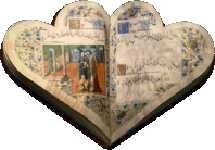
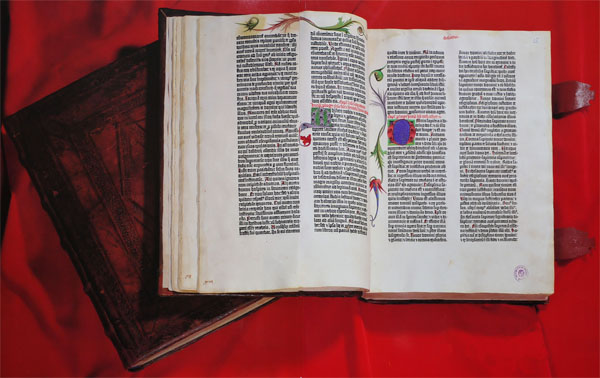
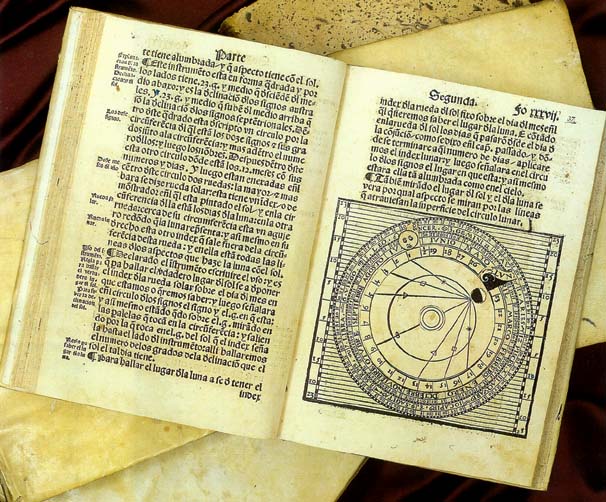
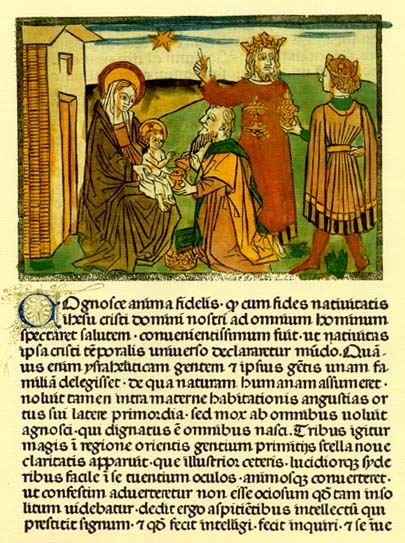
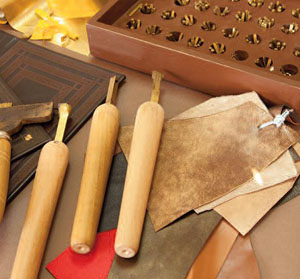 Classification of antiquarian books: as we have seen above:
Classification of antiquarian books: as we have seen above:
